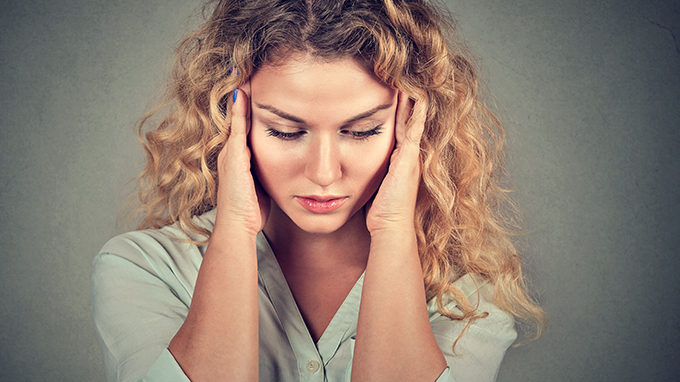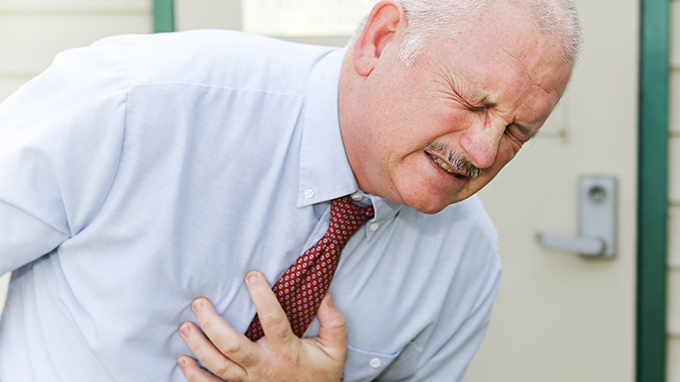Diabetic dietary principles
What are the food choices for diabetes?

1. Cereals: The choice of cereals should focus on the combination of thickness and thickness, of which coarse grains can best account for about half of all staple foods. Coarse grains here refer to unrefined grains, such as millet, barley, sorghum, oatmeal, noodles, cornmeal, etc.
Potatoes include potatoes, sweet potatoes, yam, taro, etc. Because they contain higher carbohydrates than other vegetables and can provide energy for the human body, potatoes are also eaten as a staple food. Compared with cereals, potatoes have the advantages of lower energy, slower digestion speed, and less influence on blood sugar. Replacing some staple foods with potatoes can be beneficial to blood sugar control.
2. Vegetables: Diabetics should choose some vegetables with low energy and high dietary fiber content, especially leafy vegetables. Such as: Chinese cabbage, Chinese cabbage, celery, spinach, rape, rapeseed, garland chrysanthemum, cucumber, tomato, etc. Generally recommended daily intake is about 500g (1 kg). Among them, cucumbers, tomatoes, etc. have lower energy, and can also be used as an added meal to relieve hunger between meals.
3. Meat: Meat is the main source of high-quality protein in the human body, and edible meat should pay attention to the choice of type and cooking method. Fish and other aquatic products are preferred for meat. Due to the high water content of fish, shrimp and shellfish, the corresponding energy is low. The choice of aquatic products can appropriately increase the consumption. Secondly, you can choose meats such as chicken and duck. It should be noted that poultry skin is very high in fat and cholesterol and should be discarded when eating. Liver meat has a higher fat content than fish and is mainly saturated with fatty acids. In order to reduce fat intake, it is recommended to avoid ribs and sirloin. Tenderloin is better. Meat should also be cooked, stewed, or cooked in low temperature as much as possible. Avoid frying, frying, and roasting.
4. Fruits: In addition to providing abundant vitamins, fresh fruits also contain a lot of phytochemicals that are beneficial to the human body. But the sugar content in fruits is often higher, which has a greater impact on blood sugar. Diabetes should choose fruits, such as apples, pears, citrus, grapefruit, strawberries, kiwi, etc. with lower sugar content. And fruits should be eaten between meals, which can control the fluctuation of blood sugar to the minimum.
5.6 grams of salt, two spoonfuls of oil: Limit the amount of salt and cooking oil you can use step by step. Eating habits are developed from an early age, and sudden changes will often be unsuitable. It is recommended that the majority of diabetics use special salt-limiting spoons and oil pots to control the intake of salt and oil. The daily salt consumption should not exceed 6g, and the oil should be controlled at about 25g.
6. Choice of special food for diabetes: Nowadays, various special foods for diabetes have appeared on the market, and many large supermarkets have set up special counters for diabetes food. However, through observation we will find that these foods have different labels, such as: no sucrose, low sugar, no sugar, xylitol, etc. So how do we choose? To understand this problem, we must first understand the classification of carbohydrates. Carbohydrates are divided into sugars, oligosaccharides and polysaccharides, of which sugars can be divided into monosaccharides, disaccharides and sugar alcohols. Low-sugar and sugar-free foods mean that the content of monosaccharides and disaccharides per 100g of food is less than 5g and 0.5g, respectively. There are clear regulations for this limited country. And sucrose is just one kind of disaccharide, and it is the most common sugar in daily life. The main components such as rock sugar, white granulated sugar, and soft white sugar are all sucrose. Xylitol does not belong to monosaccharides and disaccharides. Although it has a sweet taste, its effect on blood sugar is relatively small, so many diabetes-specific foods now use it as a sweetener. It is only because of the high price of xylitol, that the food containing xylitol will be more expensive.
Through the above introduction, everyone must understand that diabetes foods should be sugar-free and xylitol foods, followed by low-sugar foods. As for sucrose-free foods, it is often just a gimmick used by businesses to confuse audiovisuals. Among them, glucose and maltose are inevitably added, which does not serve the purpose of smoothing blood sugar.
It is worth noting that it is not a sugar-free food and you can eat as much as you want. As we mentioned just now, sugar-free foods are simply low in added monosaccharides and disaccharides, not carbohydrate-free. For example, the staple foods such as rice and steamed bread that we eat every day are not added with sugar, but they still have a strong ability to raise blood sugar. This is because the staple food will be broken down into simple sugars after digestion, and then absorbed into the blood, which is also the main form of energy provided by the staple food . So it''s not that sugar-free foods don''t raise blood sugar. We should pay attention to this, and eating sugar-free foods must be restrained.
7. Diabetics should pay attention to replenishing water
We know that water is the main component of the human body, and 80% of newborns are all water. Although the body''s water content will gradually decrease with age, the water content in adults is still around 55%, still accounting for more than half of the body weight. Because diabetes has the symptoms of increased urine output, diabetic patients will control urine output by reducing drinking water. In fact, the main reason for polyuria is that the increase in blood sugar exceeds the kidney''s ability to reabsorb, and the increased urine concentration takes more water from the body. If the amount of drinking water is reduced, the water lost in the blood cannot be replenished, resulting in a lack of water in the body. Therefore, diabetics should pay more attention to hydration. The daily drinking volume is recommended to reach 1700~1500ml, which is equivalent to drinking three bottles of Nongfu Spring mineral water in 550ml bottles.
Related Articles

- Drinking water can prevent heat stroke
- Actually, the hot weather is not the direct cause of heat stroke. Heat stroke is mostly caused by sweating caused by heat. Under the high temperature in summer, the body sweats tens of tim
- 2020-08-03

- Easily smooth out "head down syndrome"
- People engaged in scientific research, editing, writing and other work are prone to neck and shoulder pain due to long-term bow work, commonly known as "head bow syndrome".
- 2020-08-03

- Dietary principles of patients with hyperlipidemia
- The main dietary principle of patients with hyperlipidemia is to control the continued rise of blood lipids and prevent serious cardiovascular and cerebrovascular accidents. In addition to th
- 2020-08-02

- Dietary coup for winter cough
- The winter in the north is quick to say. When the northwest wind blows down the last autumn leaf, the dry winter begins. The most common health problems in winter are upper respiratory trac
- 2020-08-02

- Infectious diseases of children common in spring
- Spring is a period of frequent confluence of cold and warm air. Due to the poor resistance of children, it is very easy to get sick in cold and hot weather. Parents learn to understand thes
- 2020-08-01

- Understand the secret of "cough reflex"
- Many parents see that their child''s cough will be tense. They are always used to link "cough" and "disease" together. This is because parents do not understand why
- 2020-08-01
